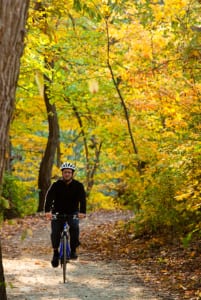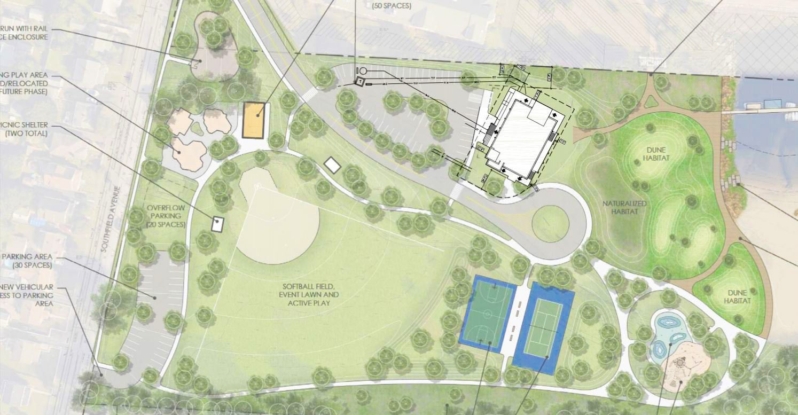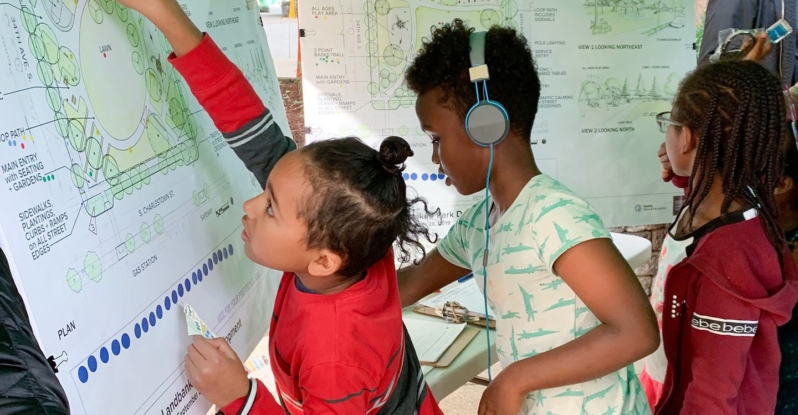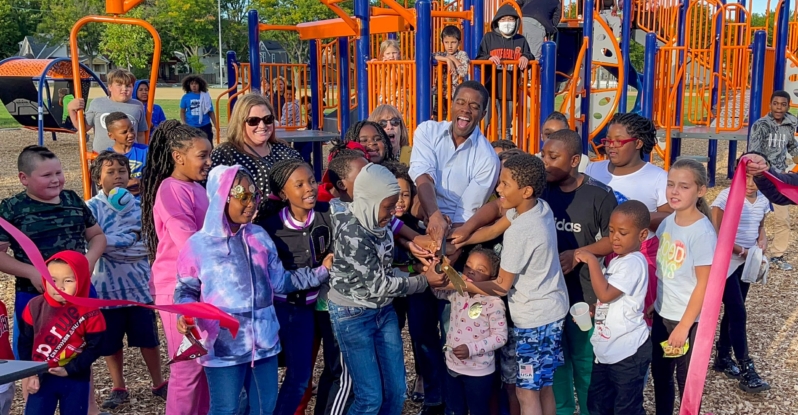You joined Pittsburgh Parks Conservancy as president and CEO in 2018. Nearly two years in, what is your impression of Pittsburgh’s parks and their potential?
The Pittsburgh Park System is extensive, with 165 parks and close to 4000 acres of parkland. Its iconic parks once were the gems of the city, but since the collapse of the steel industry in 1980, Pittsburgh has faced financially devastating challenges including the city’s Act 47 distressed municipality status.
While the city has worked hard to balance the public’s interests in all the public services it is responsible for, including working to best manage and care for city parks with very limited resources, the challenges the city has faced for close to 50 years has had a dramatic, negative impact on our parks.
Vital to improvements in about two dozen of our beloved parks is the city’s public-private partnership with the Pittsburgh Parks Conservancy (PPC). Since our inception in 1996, the PPC has raised over $126M and served the community through major improvement projects, educational programs, special events, green infrastructure projects, tree plantings, and other ecological work. Even with the private dollars raised by the conservancy, the parks face significant needs – a minimum of a $400 million capital backlog and an annual maintenance shortfall of $13 million because of the decades of underfunding for parks.
Knowing the needs of the system, the conservancy, in partnership with the city, developed a long-term investment strategy and proposed a parks tax and the creation of a Parks Trust Fund to provide new and dedicated public funds to begin to meet the long-term needs of our parks. The hard work paid off. The parks referendum, which secures $10M a year in perpetuity for parks, passed in November 2019. PPC’s goal is to match that $10M each year through private fundraising, providing a total of $20M a year in new funding to the parks system and ensuring a very bright future for Pittsburgh!

With the recent passage of the referendum securing dedicated funding for parks, what does it say about the community and its parks that voters are willing to tax themselves to pay for green space and recreation?
For Pittsburghers to vote to tax themselves extra to improve their parks is amazing! Pittsburgh has a long history of being a democratic city that is fiscally conservative. The laws in Pennsylvania make it very difficult to place referenda on the ballot. The recent passage of this referendum shows how much Pittsburghers love their parks and understand the importance of them in their daily life and the city as a whole; they share a desire to invest in them.
How will these additional funds be used?
The Parks Plan, the equitable investment strategy, lays out how the funds will be spent. The plan provides funding for park maintenance, rehabilitation projects, capital projects, and programming. The Parks Plan is built on three key pillars: park needs, neighborhood needs, and Pittsburghers priorities for park investments. To ensure that funds are spent equitably, prioritizing parks and neighborhoods with the greatest needs, we collected data on the needs of every park and demographic data for each parks 10-minute walkshed – family poverty, racially concentrated areas of poverty, diabetes, depression, anxiety, asthma, obesity, vacancy rates, crimes against persons, black carbon, tree canopy, and priority sewer sheds. We also asked the public for their priorities for investments in maintenance, parks assets (rehabilitation), and programming. Through analysis of these 3 pillars, we developed the Parks Plan to ensure equitable investments across the city, prioritizing specific investments based on the public’s priorities. Click here to learn about the Parks Plan.
When you look down the road 5-10 years, what do you hope to see for Pittsburgh parks?
I hope and expect to see a much stronger park system well on its way to recovery. I look forward to seeing the parks, once again, serve as the lungs and heart of this city. I look forward to seeing strong neighborhoods because of these investments, especially in neighborhoods that have historically suffered and experienced underinvestment. And, I look forward to seeing a Pittsburgh that is physically, emotionally, environmentally, and financially doing well because of the strength of its parks.
 You have been a part of City Parks Alliance’s board of directors for six years. How has that experience played a role in your work?
You have been a part of City Parks Alliance’s board of directors for six years. How has that experience played a role in your work?
The City Parks Alliance board has the best and brightest urban parks professionals from around North America. The programs and services provided by City Parks Alliance connect me with other great professionals committed to integrating parks and green spaces into city building. Because of CPA, I am regularly connected to exciting and innovative urban parks work and professionals that expose me to new and cutting-edge work. It also allows me to reach out to my colleagues at any time to strengthen my work, challenge me to do my best, and to bring the talents of others to my day to day work.
What are you excited to share with the other board members and the broader City Parks Alliance membership?
I am excited about the work of City Parks Alliance, which provides venues for city builders who care about parks and green space to convene and lead efforts in building the cities of the future, ensuring parks, open space, and sustainable development are integrated into our cities. Pittsburgh is becoming a city of the future, and I am excited about the new and innovative work across many sectors happening in Pittsburgh. The city is leading the country in robotics, artificial intelligence, medicine, education, and parks. Pittsburgh is on the move, and our innovative parks work is critical to the transformation of our city. Come, see, and learn about the great things happening in Pittsburgh, the revitalization of the city that built the world.
What is next for Pittsburgh Parks Conservancy?
The Parks Conservancy now needs to put the Parks Plan into action: finalize a new public interest partnership agreement with the city, raise matching funds for the parks referendum, and get on with getting the work done – connect back with the community to realize their dreams and making our park system the envy of cities around the world!

About the Author
Jayne Miller, president and CEO of Pittsburgh Parks Conservancy, has been on the City Parks Alliance board for six years. Visit the Pittsburgh Parks Conservancy website to learn more about their work.

 You have been a part of City Parks Alliance’s board of directors for six years. How has that experience played a role in your work?
You have been a part of City Parks Alliance’s board of directors for six years. How has that experience played a role in your work?

